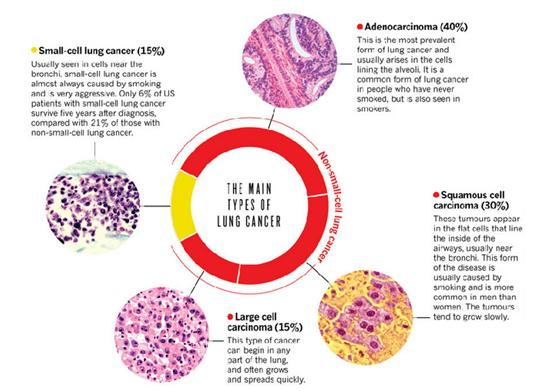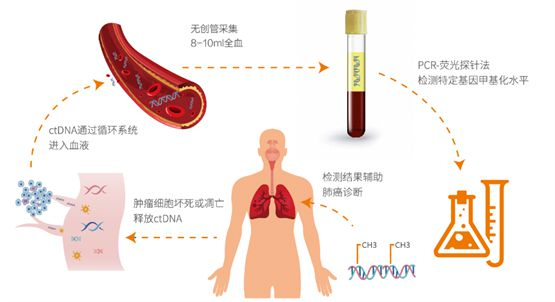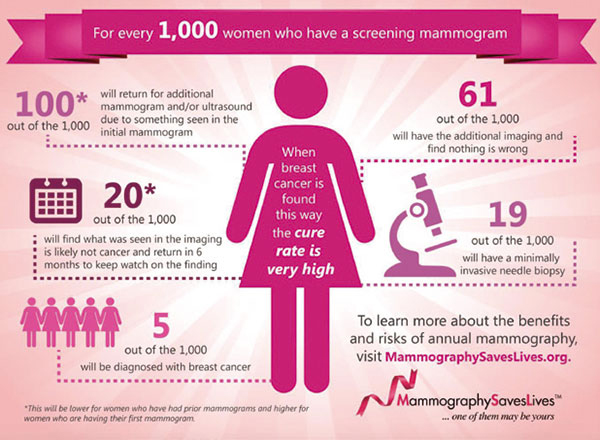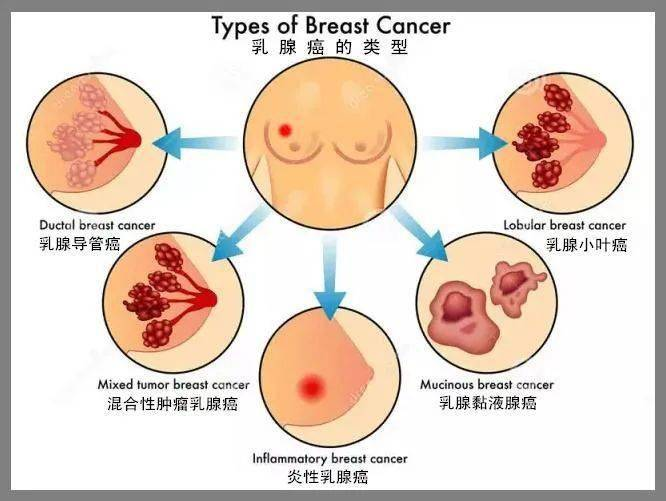Screening methods for common cancers
Lung Cancer
Low - dose computed tomography: It is currently the most effective method for lung cancer screening. It can detect lung nodules with a diameter of less than 1 centimeter, which is of great significance for the early detection of lung cancer. Compared with conventional CT, low - dose spiral CT has a lower radiation dose and relatively less harm to the human body. It is recommended that high - risk groups, including those aged over 50, with a smoking history (smoking ≥ 30 packs/year) or a history of passive smoking, and those with a family history of lung cancer, undergo a low - dose spiral CT screening once a year.
Tumor Marker Detection: Tumor markers such as carcinoembryonic antigen (CEA) and cytokeratin 19 fragment (CYFRA21 - 1) can be used as auxiliary means for lung cancer screening. However, the specificity and sensitivity of tumor markers are limited, and a diagnosis of lung cancer cannot be made solely based on them.

The figure shows the main types of lung cancer

Breast Cancer
Mammography:is one of the main methods for breast cancer screening. It can detect tiny calcifications and lumps in the breast, and has a relatively high diagnostic accuracy for early breast cancer. Generally, it is recommended that women over 40 years old undergo a mammography examination once a year.
Breast ultrasound examination: It has a better examination effect on dense breasts and can be used to complement the deficiencies of mammography. It is especially suitable for young women and cases where the results of mammography are unclear.
Magnetic Resonance Imaging (MRI): For patients with abnormalities detected by mammography and ultrasound but difficult to diagnose clearly, MRI can provide more detailed information.


Colorectal Cancer
Fecal Occult Blood Test: It is a simple and non-invasive screening method that can detect hidden blood in feces and is helpful for detecting early lesions of colorectal cancer. It is recommended to conduct a fecal occult blood test once a year.
Colonoscopy: It is the gold standard for colorectal cancer screening, which can directly observe the pathological conditions of intestinal mucosa and perform biopsy for diagnosis. Generally, people over 50 years old, regardless of having symptoms or not, should undergo colonoscopy every 5-10 years. For high-risk groups such as those with a family history of colorectal cancer or a history of intestinal polyps, screening should start at 40 years old and the screening interval should be appropriately shortened.
Sigmoidoscopy: It can observe the lesions of the rectum and sigmoid colon. For those who cannot tolerate colonoscopy or do not want to undergo it, sigmoidoscopy can be considered.
Gastric Cancer
Gastroscopy: It is the main method for diagnosing gastric cancer, which can directly observe the condition of the stomach and detect lesions and take biopsy for pathological diagnosis. For people over 40 years old with high-risk factors such as a family history of gastric cancer, a history of gastric ulcer, or Helicobacter pylori infection, it is recommended to undergo gastroscopy every 2-3 years.
Upper Gastrointestinal Barium Meal Examination: It can observe the morphology and function of the esophagus, stomach and duodenum. For patients who cannot tolerate gastroscopy, upper gastrointestinal barium meal examination can be used as a supplementary screening method, but its value for the diagnosis of early gastric cancer is relatively low.
Liver Cancer
Serum Alpha-Fetoprotein (AFP) Test: It is an important indicator for liver cancer screening and has high specificity for diagnosing liver cancer. However, a negative AFP test cannot completely rule out liver cancer, and a comprehensive judgment should be made in combination with other examinations.
